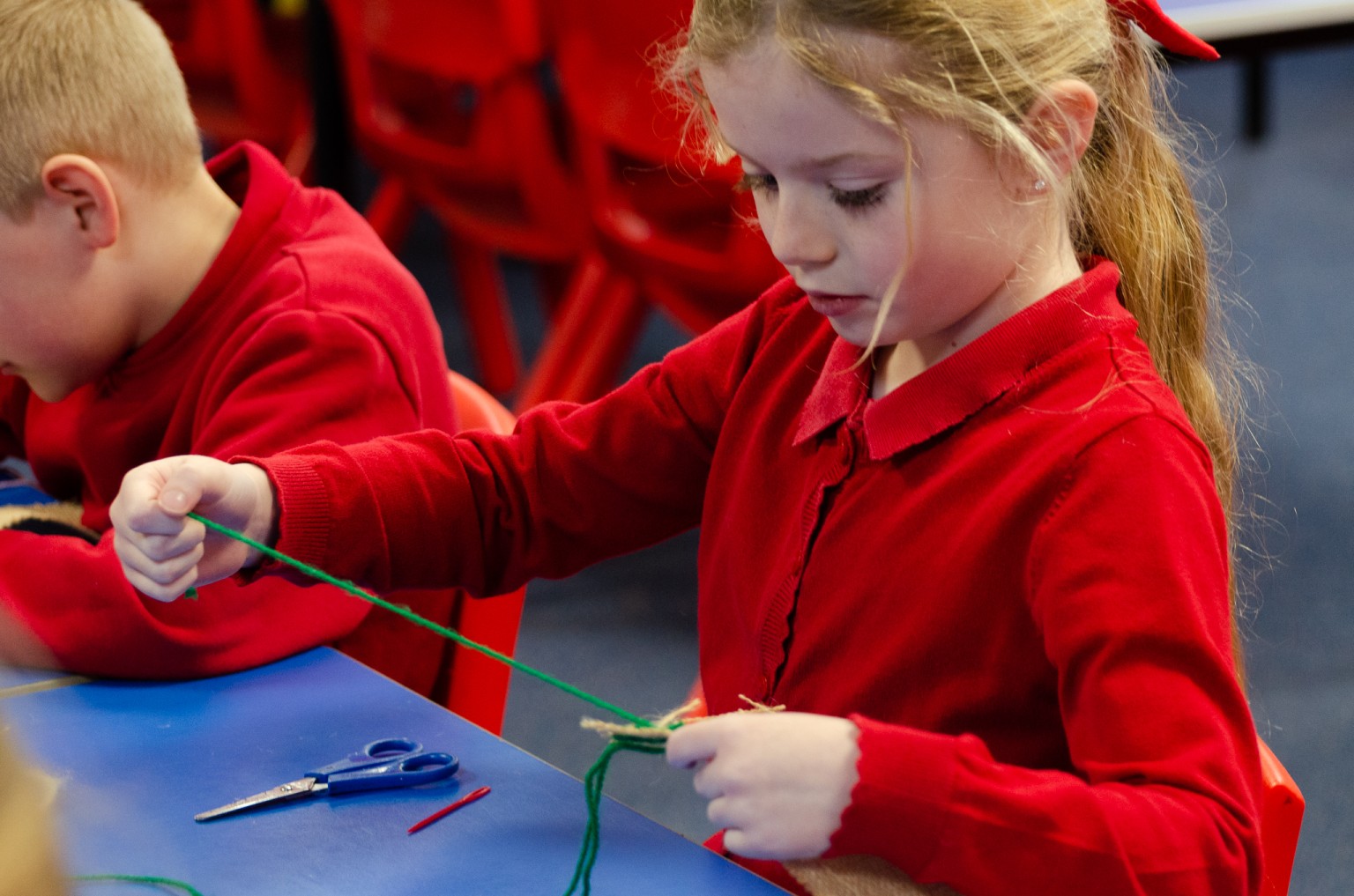Welcome to our Design Technology page.
If you look around you you will see hundreds of objects that are all manufactured. Everyone of these objects from the screen in front of you to the chair you are sitting on; from the tiniest paperclip to the complex aircraft in the sky have all been designed by engineers. Design Technology lessons are where the engineers of the future are created. From an initial design, through refinement, construction, testing and evaluating, the design technology process we use in our lessons mirrors the manufacturing process in real life. Children do not make things to take home to keep, they make them to test, to analyse and to evaluate their success.
At Lockwood Primary School, our Design Technology curriculum aims to develop creativity, problem solving and innovation through the design, manufacture and evaluation of functional and useful products for the modern world. It combines skills from maths, science, computing and art to develop pupils who are resourceful, innovative and considerate of their surroundings.
Boosbeck has a proud history of mining and engineering. Our pupils are following in the footsteps of these pioneering designers, fabricators and craftsmen through thier modern day Design Technology curriculum.
How we teach Design Technology
The Design Technology curriculum is organised into five areas:
- Mechanisms - the mechanical systems that make things move in the way we want them to including levers, wheels and axles, cams and pneumatics
- Structures - the range of 3D constructions from boxes to buildings and packaging to frame tents.
- Textiles - designing and building with fabric, for example clothes, soft cases, footwear, hats
- Electrical systems - creating designs that include electrical circuits, and computer controlled devices.
- Food - designing and making edible products.
From chairs to scones and pencil cases to healthy snack bars, the children work on three; design, make and evaluate projects in each year group. Each project starts with an evaluation and critique of current products, technology and processes. The pupils learn the practical skills they will need such as cutting dowels, chopping fruit or reinforcing frames before undertaking the design, construction and evaluation of their project. Usually, their project will be guided by a set of design criteria that they aim to meet. Also during their lessons, they will learn about inspirational and revolutionary figures in the world of design technology such as Isambard Kingdom Brunel, Henry Ford or Nadiya Hussain.




